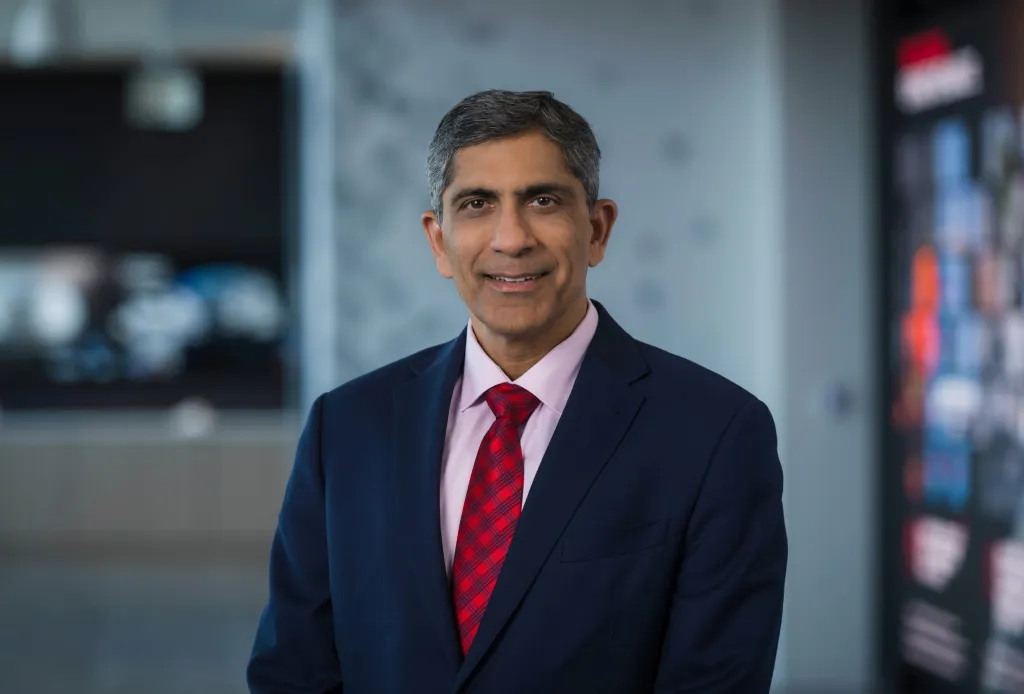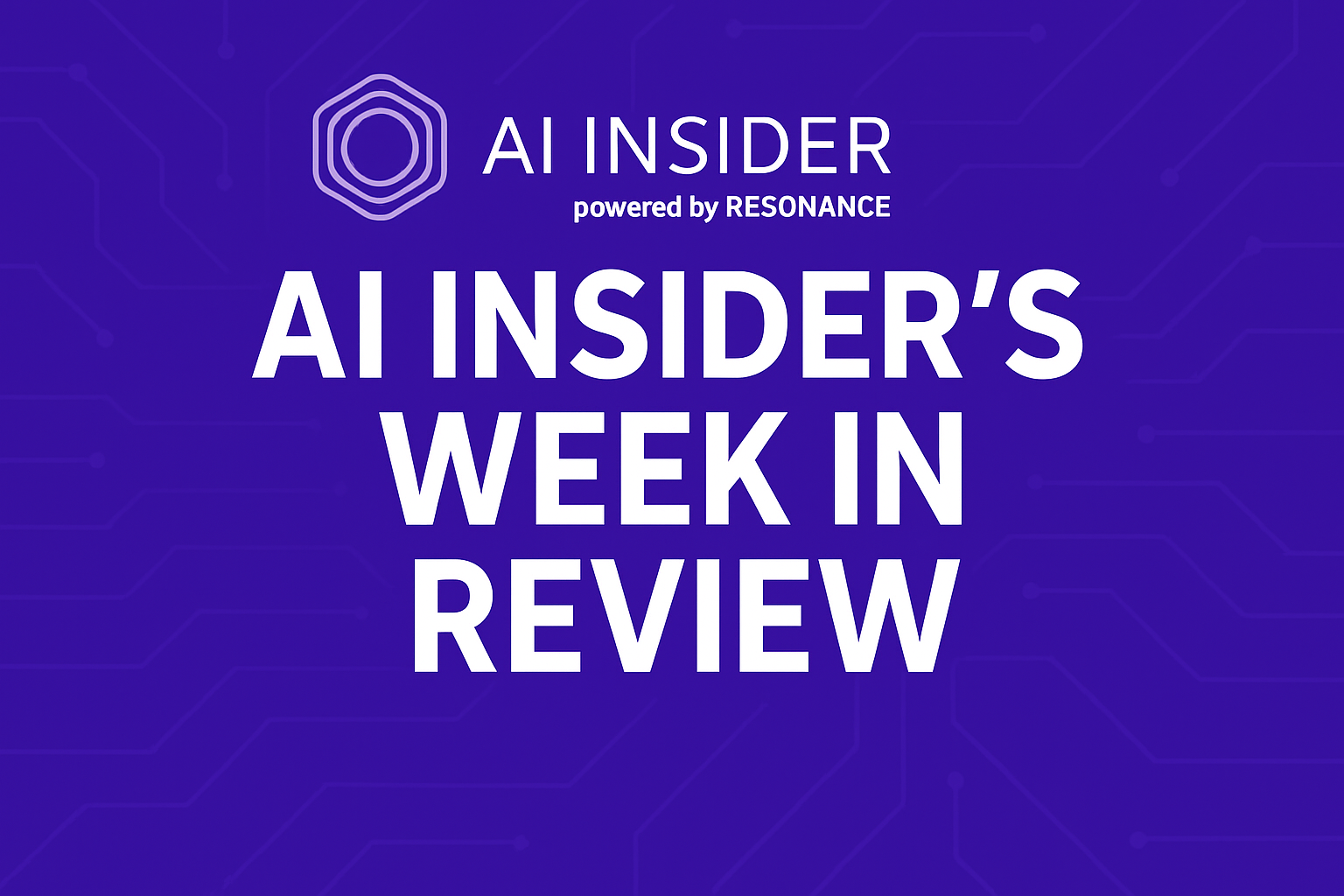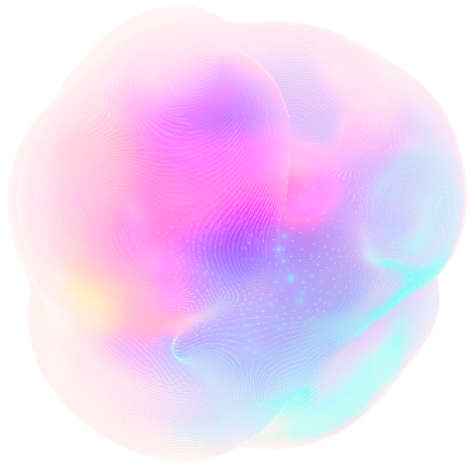Insider Brief
- The industrial sector is set to transition from automation to autonomy in 2025, leveraging AI, cloud computing, and 5G to enhance efficiency, productivity, and workforce capabilities.
- Honeywell CEO Vimal Kapur emphasizes the importance of the “technology trifecta” in achieving industrial autonomy and highlights the need for collaborative partnerships with tech innovators and customers.
- This transformation aims to optimize operations, extend equipment lifespan, and upskill workers, creating a more sustainable and resilient industrial landscape.
- Image: Honeywell
The industrial sector is poised for a transformation in 2025, transitioning from automation to autonomy with the help of artificial intelligence (AI). This shift promises to reshape operations by increasing efficiency, boosting machine performance, and enhancing workforce capabilities, as highlighted in an opinion piece by Honeywell CEO Vimal Kapur in Fortune.
Automation and autonomy, though often used interchangeably, represent fundamentally different paradigms. In automated facilities, pre-programmed machines execute tasks with predictable outcomes. Autonomous systems, however, go further by leveraging AI to adapt to changing environments, solve unforeseen problems, and make data-driven decisions.
“Both require skilled human interaction and intervention, but the beauty of industrial autonomous operation is that the machines are there to run everything, and serve as learned assistants, augmenting the humans on the team,” writes Kapur. “The key difference—the element that jumps the divide between automated and autonomous operations—is artificial intelligence.”
This evolution requires human oversight, but AI serves as an augmentation tool, enabling machines to act as collaborative assistants. For example, AI can analyze years of equipment performance data to recommend maintenance strategies that extend equipment lifespan and minimize unscheduled downtime. This directly impacts productivity and cost efficiency—goals every industrial leader strives to achieve.
The Technology Trifecta
The industrial AI revolution hinges on the convergence of three technologies: the cloud, 5G, and AI. Together, these innovations form what Kapur calls the “technology trifecta,” enabling real-time data utilization and operational decision-making.
- Cloud Computing: Provides a centralized repository for vast amounts of operational data, making it accessible to users across the globe.
- 5G Connectivity: Facilitates low-latency data transmission, crucial for real-time operations.
- Artificial Intelligence: Offers tools to analyze data, generate insights, and implement solutions at the edge of operations.
This trifecta transforms theoretical applications of AI into practical solutions — from factories and industrial facilities to office buildings and on, writes Kapur.
He writes: “With the trifecta, both can lean on historical data and AI-embedded tools at the edge to improve operations and enable true predictive maintenance. This leads to increased productivity at the refinery, and improved comfort, safety, and security for the tenants in all the buildings. In addition, by putting AI-enabled tools in the hands of workers, you can augment their skills with the experience of generations of others who have gone before them—enabling a worker with 3 to 5 years of background to operate as though they are a seasoned veteran.”
Collaboration: The Catalyst for Success
Partnerships play a critical role in advancing industrial AI. Honeywell’s collaborations with companies like Qualcomm and Google underscore the value of combining domain expertise with technological innovation.
“A significant lesson I’ve learned in my 35 years in this business is that successful partnerships can frequently take results from good to great,” Kapur writes. “At Honeywell we have domain knowledge and a deep understanding of how to solve problems in aerospace, energy, and the building infrastructure sectors. By applying that knowledge in partnership with companies pioneering technology in the cloud and 5G space, we are able to develop revolutionary new products and services.”
Equally important are partnerships with industrial customers. Custom solutions tailored to specific challenges tend to gain traction more effectively than one-size-fits-all approaches. Kapur emphasized that co-developing technology with customers fosters investment and scalability, ensuring that solutions address real-world needs.
Industrial AI at Scale
The move to industrial autonomy marks an inflection point for the sector. With the technology trifecta in place, industries can achieve a level of operational excellence where every process is optimized, every machine operates at peak performance, and every employee is empowered to excel.
“We know we need our processes to work more efficiently, our machines to work harder, and our people to work smarter—and we have the technology trifecta of the cloud, 5G, and AI that can make it happen,” Kapur writes, adding a prediction. “That’s why I’m optimistic that 2025 is the year we truly begin the move, at scale, to industrial autonomy, where every day is your best day of operation, and every person is a world-leading expert.”
. This shift promises to unlock unprecedented productivity and profitability, making it a critical focus for leaders and investors alike.
The adoption of industrial AI also has implications beyond efficiency and profitability, Kapur’s vision suggests. By reducing the environmental impact of industrial operations and enabling smarter resource use, these technologies contribute to sustainability goals. The ability to upskill workers could also ensure a more resilient and adaptable workforce, addressing labor shortages and bridging knowledge gaps.






